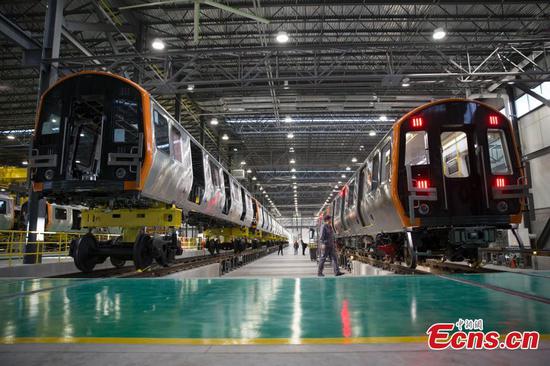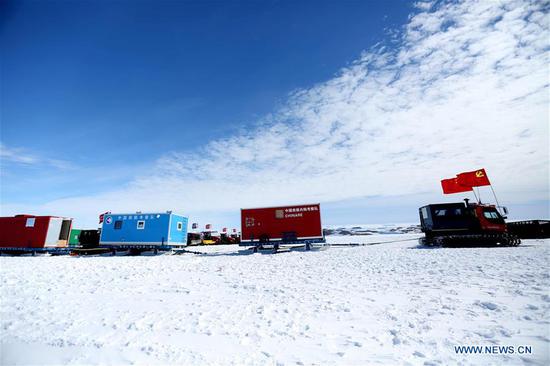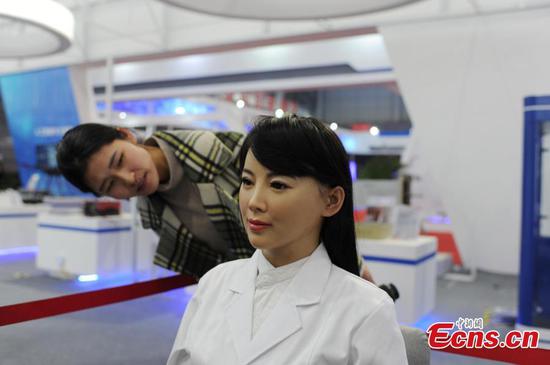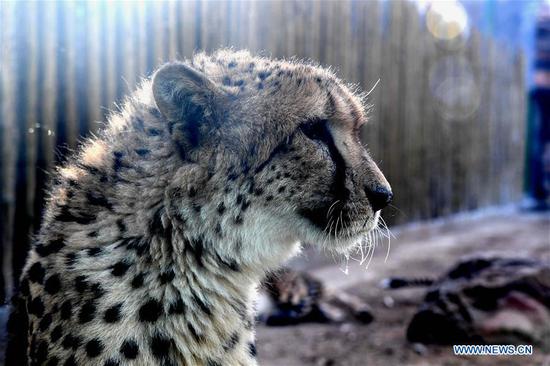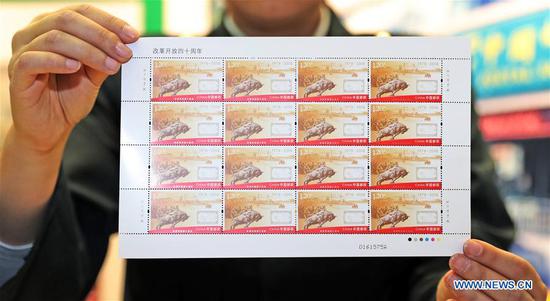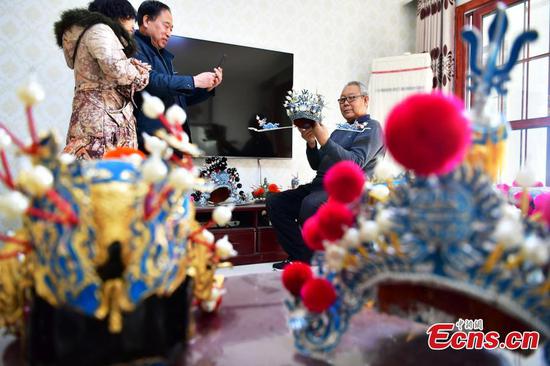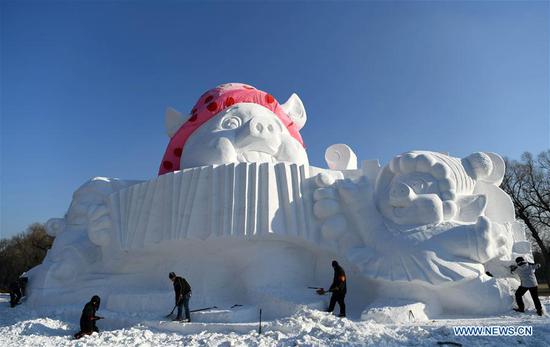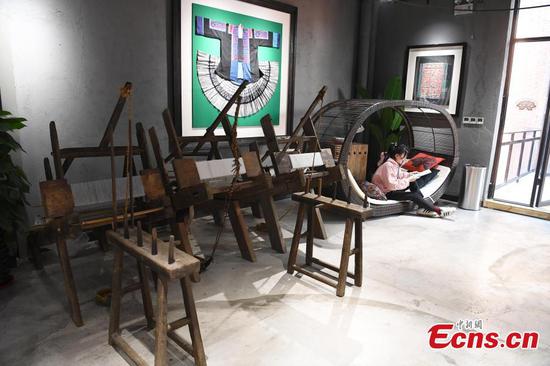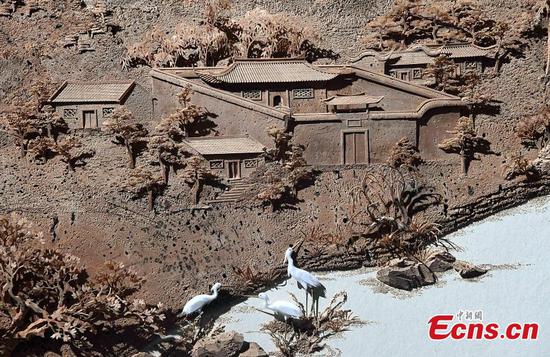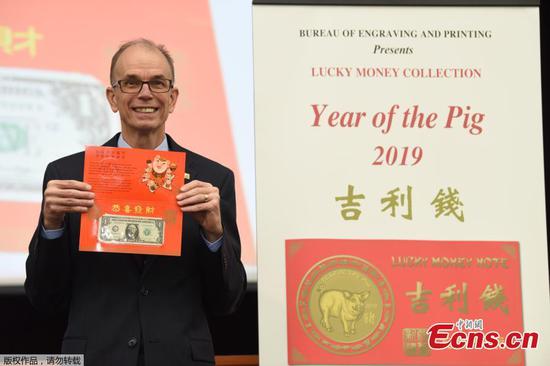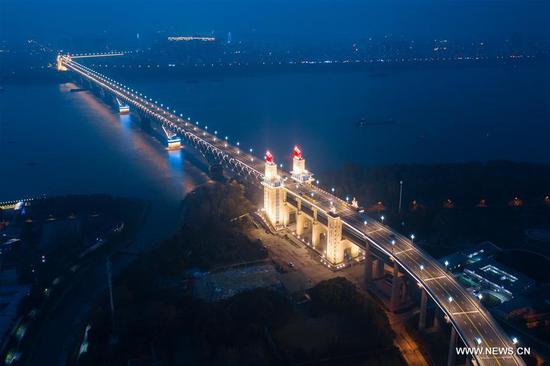Proactive support for key areas, reform efforts to continue
A meeting of Chinese policymakers is likely to make stabilizing economic growth the top priority for next year's agenda as the world's second largest economy faces increasing downward pressure and trade protectionism.
Chinese leaders at this year's Central Economic Work Conference will also likely project confidence in the economy's resilience while reiterating a commitment to the pursuit of reform and opening at its own pace, Chinese analysts said.
The conference, an annual gathering of top officials that sets the economic policy agenda for the coming year, will reportedly convene in the next few days in Beijing.
Details of the closed-door meeting were not available at press time on Wednesday, but a slew of signals suggested that this meeting will prioritize stable domestic economic growth while also acknowledging overseas challenges.
A meeting of the Political Bureau of the Communist Party of China Central Committee on December 13, often considered a prelude to the work conference, concluded that China would adhere to the theme "making progress while ensuring steady growth" and keep growth at "a reasonable range."
Given the slowdown pressure, "it was not hard to see the top priority for China next year," said Li Daxiao, chief economist at Shenzhen-based Yingda Securities.
"It's essential to maintain stable growth before we can deal with other issues," Li told the Global Times.
The political bureau last week identified six areas in need of monitoring and support: employment, finance, foreign trade, foreign investment, domestic investment and market expectations.
"I expect there will be targeted measures to support these areas next year," said Liu Xuezhi, an economist at the Bank of Communications.
To boost growth, Beijing is likely to ease taxes on companies, offer support to the private sector and spend more on infrastructure and other projects, according to Liu.
China might adopt a "more active" fiscal policy to support investment and "neutral-to-loose" monetary policy with sufficient liquidity to support growth, analysts said.
Grim outlook
In the third quarter of 2018, growth slowed to 6.5 percent year-on-year, the slowest pace since the first quarter of 2009 during the global financial crisis, according to data from the National Bureau of Statistics.
Growth is on track to meet the 6.5 percent target this year, but growth in consumption, fixed-asset investment and trade - major driving forces of the Chinese economy - slowed this year.
Export growth, in particular, has been slowing drastically and could face further pressure as uncertainty remains in the tit-for-tat tariff war between China and the U.S.
In November, China's exports grew 10.2 percent year-on-year, down 9.8 percentage points from the previous month's pace, according to the bureau.
Given the challenges, Beijing will likely lower its target for 2019 to 6 percent, according to Liu.










